Physical Address
304 North Cardinal St.
Dorchester Center, MA 02124
Physical Address
304 North Cardinal St.
Dorchester Center, MA 02124
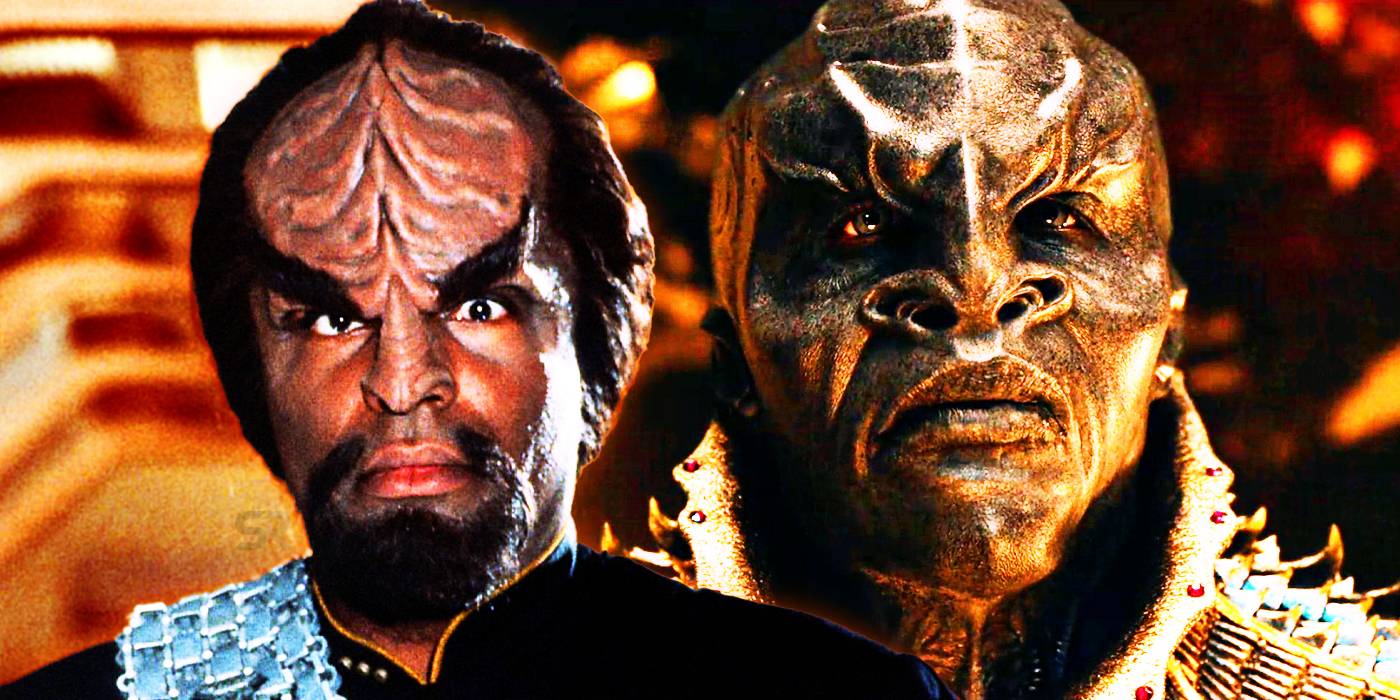
The Klingons have long been one of Star Trek’s most iconic alien races, with their rich culture and complex relationship with the Federation. In Star Trek: Discovery, the Klingons were reimagined for a new era, resulting in some of the most dramatic changes the franchise has seen. From the controversial redesign of their appearance in season 1 to their evolving role in later seasons, the portrayal of Klingons in Discovery has sparked debate among fans. This article explores the journey of the Klingons throughout Discovery, their major storylines, the introduction of memorable characters, and how they compare to other recent iterations.
In Star Trek: Discovery, the Klingons are portrayed with rich cultural depth and complexity, continuing their legacy as a proud warrior race. The series introduces key Klingon characters like T’Kuvma, a leader determined to unite the fractured Klingon houses, and L’Rell, a fierce Battle Deck Commander who plays a crucial role in Klingon politics and warfare. Unlike earlier portrayals that often focused mainly on their warrior nature, Discovery explores the internal struggles and political intrigue within the Klingon Empire, showing them as more than just adversaries.
The show also highlights the Klingons’ aristocratic society, where honor and combat prowess are highly valued, but not all Klingons are warriors—some pursue other roles, though often with a warrior mindset. Their technology and history are deeply rooted, with hints that they ventured into space long before humans, emphasizing their ancient and advanced civilization. This reinvention aims to add sophistication and nuance to the Klingons, portraying them as a complex culture with internal conflicts and ambitions, rather than just a monolithic enemy. Overall, Discovery enriches the Klingon narrative by blending tradition with fresh storytelling.
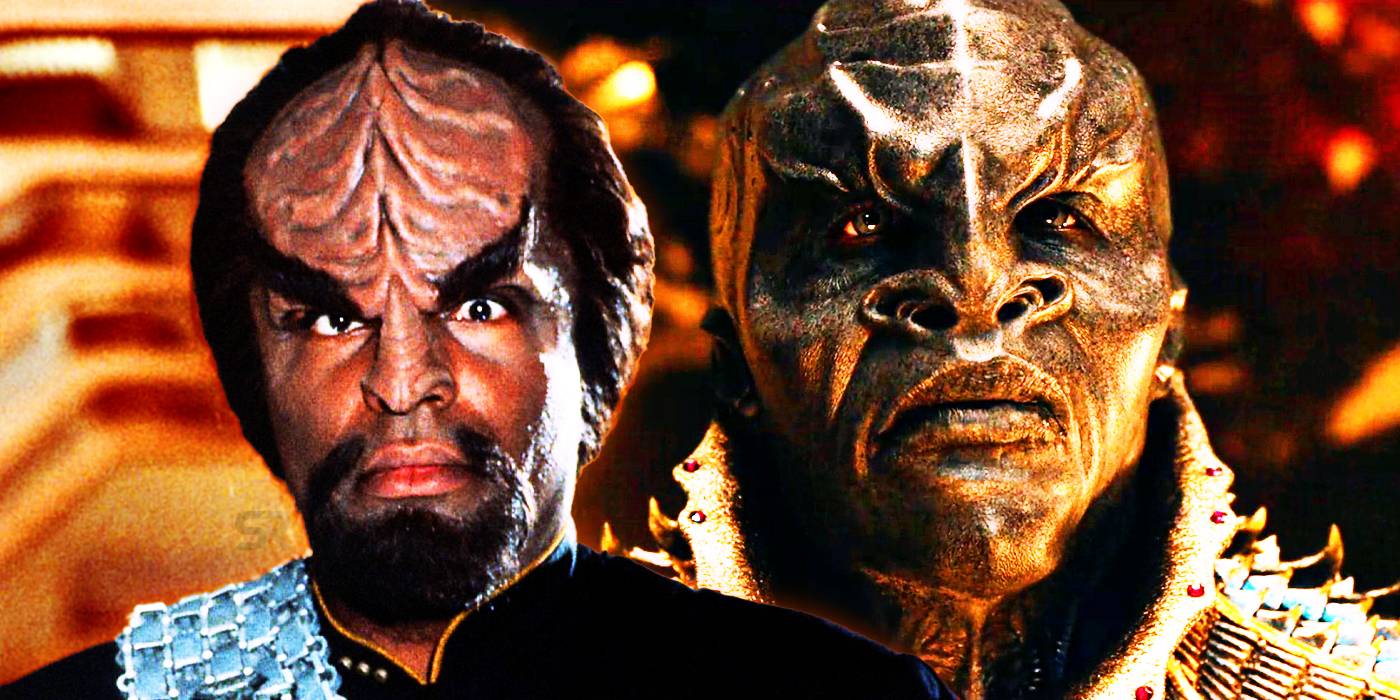
In Star Trek: Discovery, the Klingons underwent a major visual and cultural redesign that surprised many longtime fans. Unlike their classic look with prominent forehead ridges and long hair, the Discovery Klingons initially appeared with smoother, more ridged bodies and no hair, giving them a very alien and unfamiliar appearance. This was a bold creative choice meant to deepen the portrayal of Klingon culture, but it clashed with the established look from earlier Star Trek series, which take place just a decade later in the timeline. The show’s creators tried to explain this as part of the Klingons’ internal diversity and cultural complexity, but it still felt like a reboot rather than a smooth continuation of canon.
As the series progressed, especially in season 2, the Klingons regained some of their classic features like hair and more familiar ridges, which helped fans reconnect with the iconic warrior race. The storyline also explored Klingon politics and their fractured empire, showing how internal strife and a desire to unite against the Federation shaped their actions. Overall, Discovery took risks with the Klingons’ appearance and culture, aiming to add depth but also stirring debate among fans about continuity and respect for the original designs.
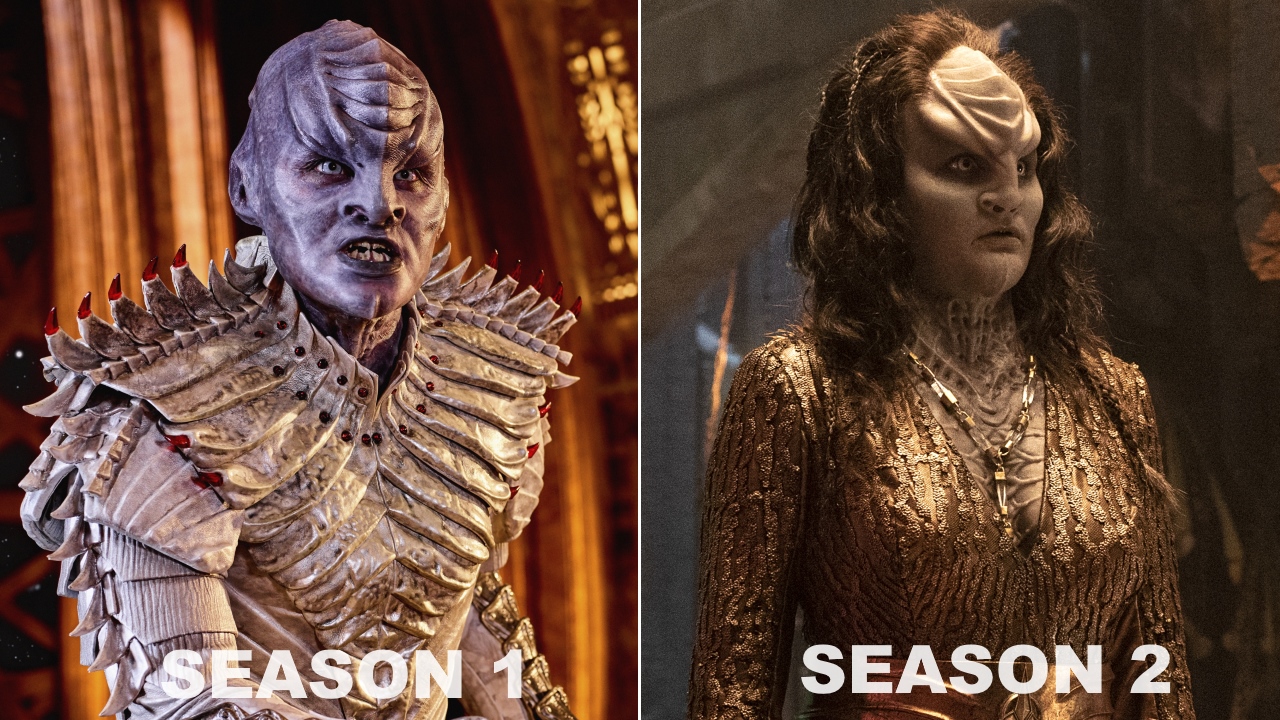
In Star Trek: Discovery Season 1, the Klingons are portrayed in a bold and controversial new way that sparked a lot of discussion among fans. Set about a decade before The Original Series, this season introduces the Klingons as a more alien and animalistic species, with bald heads, ridged foreheads, and a distinct, fierce culture led by the warlord T’Kuvma. He unites many Klingon houses to wage war against the Federation, believing it’s the only way to preserve their identity. The Klingons’ aggressive stance and complex rituals add depth to their role as antagonists, but their redesigned appearance and the heavy use of their language made some viewers uncomfortable or critical. Despite this, the show explores Klingon honor, loyalty, and politics in ways that aim to enrich their story beyond the usual villain role. The season’s conflict culminates in intense battles and personal struggles, especially involving Michael Burnham, who mutinies and is sentenced to prison. Overall, Discovery Season 1 takes a fresh, if divisive, approach to the Klingons, blending traditional warrior traits with new cultural layers and visual reinvention.
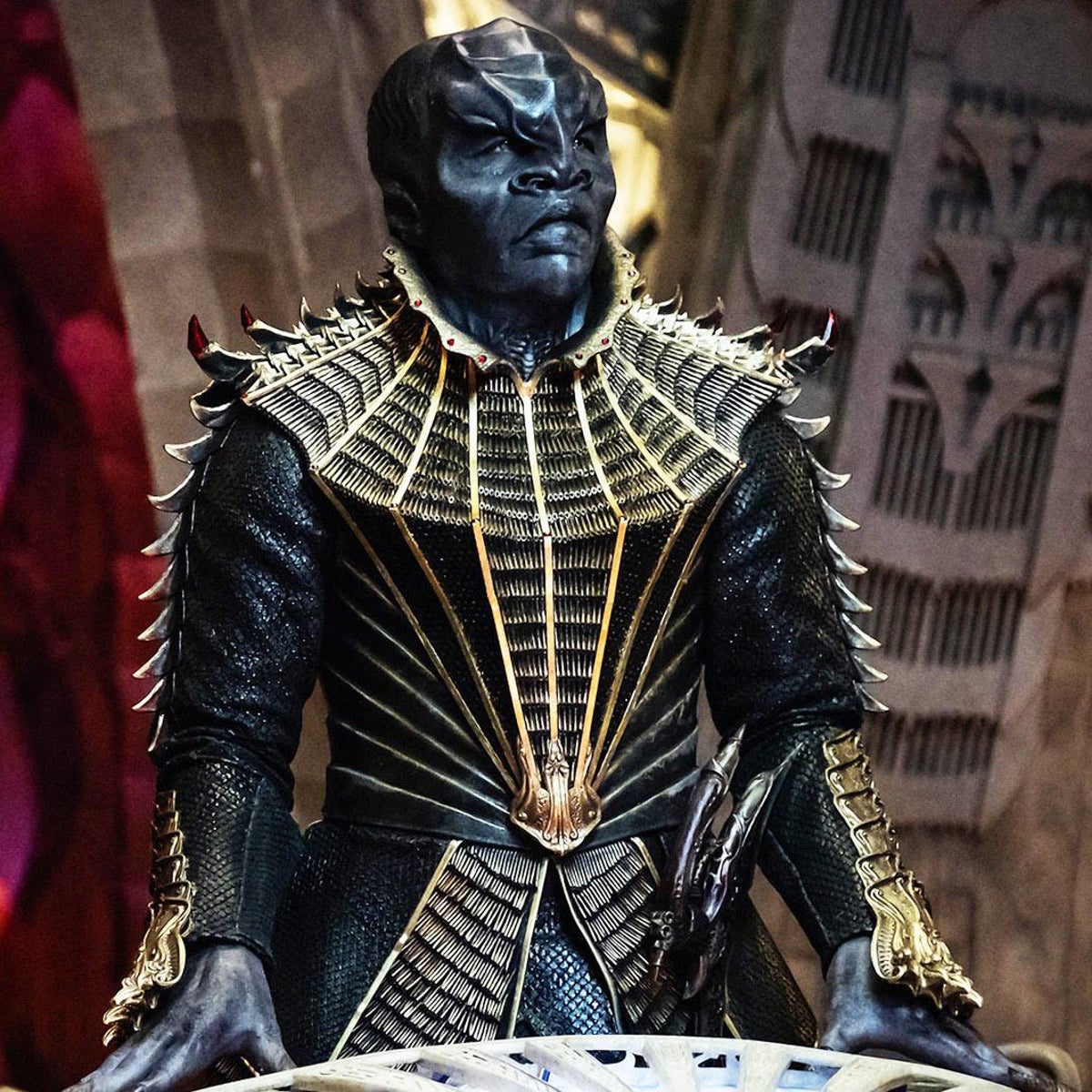
In Star Trek: Discovery Season 2, the Klingons underwent a notable transformation compared to their earlier appearances in the franchise. Initially, their look was quite controversial, featuring bald, elongated heads and a design that many fans found jarring and inconsistent with the classic Klingon appearance from The Next Generation era. This redesign sparked significant debate, as it diverged sharply from the traditional wild-haired, warrior image that fans loved.
However, in Season 2, the showrunners addressed some of this criticism by giving the Klingons hair again, which was explained in-universe as a cultural practice tied to wartime rituals honoring Kahless, the legendary Klingon figure. Actress Mary Chieffo, who played L’rell, clarified that the bald look was a temporary wartime tradition, and that over time, Klingon customs evolved, explaining the differences seen in later series set further in the future.
Despite these adjustments, the Discovery Klingons remained visually distinct and somewhat divisive. After Season 2, they disappeared from live-action Star Trek, with later series like Strange New Worlds returning to the classic, more familiar Klingon look, suggesting that the Discovery redesign might be considered a separate or alternate interpretation within the Star Trek universe.
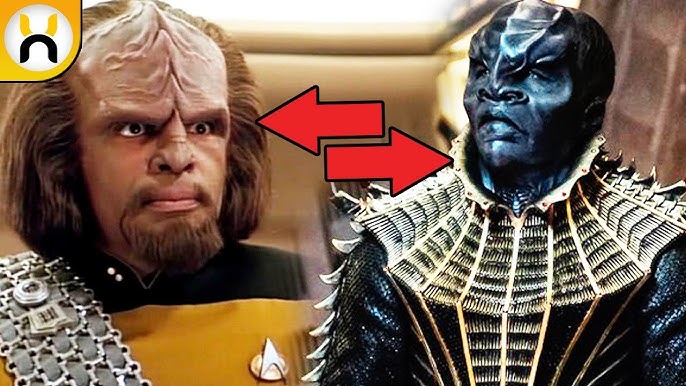
In Star Trek: Discovery Season 5, the presence of Klingons remains a topic of interest, though their role is less prominent compared to earlier seasons. The show initially reinvented Klingons with a radically different look and culture, which divided fans due to the departure from the classic designs seen in The Original Series and The Next Generation. These Discovery-era Klingons featured more alien and elaborate makeup, aiming to depict what Klingons might have originally looked like with modern effects, but this change was not universally embraced.
By Season 5, the series seems to be moving away from those controversial designs. The Klingons have not appeared much since Discovery jumped far into the future, and other Star Trek shows like Strange New Worlds have returned to the more familiar, traditional Klingon appearance. While there is speculation that classic Star Trek species, including Klingons, might make appearances, Discovery Season 5 focuses more on new storylines and alliances in a changed galaxy. This shift reflects a broader trend in the franchise to balance respect for legacy with fresh storytelling.

L’Rell, the Klingon woman from Star Trek: Discovery, is a fascinating and powerful character portrayed by Mary Chieffo. She starts as a fierce warrior and rises to become the Chancellor of the Klingon High Command by Season 2, showing a complex mix of strength, leadership, and vulnerability. Chieffo drew inspiration from iconic Klingon women of The Next Generation and Deep Space Nine, like the Duras sisters and K’Ehleyr, blending their traits with her own unique take to create a fresh yet familiar Klingon presence.
L’Rell’s character embodies the struggles and nuances of female leadership within the traditionally male-dominated Klingon Empire. Her journey reflects themes of power, identity, and survival, making her one of the most layered characters in the Discovery series. The actress even looked to historical figures like Queen Elizabeth I to shape L’Rell’s regal and commanding aesthetic, highlighting how appearance can be a tool of control and influence. Fans appreciate how L’Rell challenges stereotypes, showing that Klingon women can be both fierce warriors and complex leaders, adding depth to the Star Trek universe’s portrayal of Klingon culture.
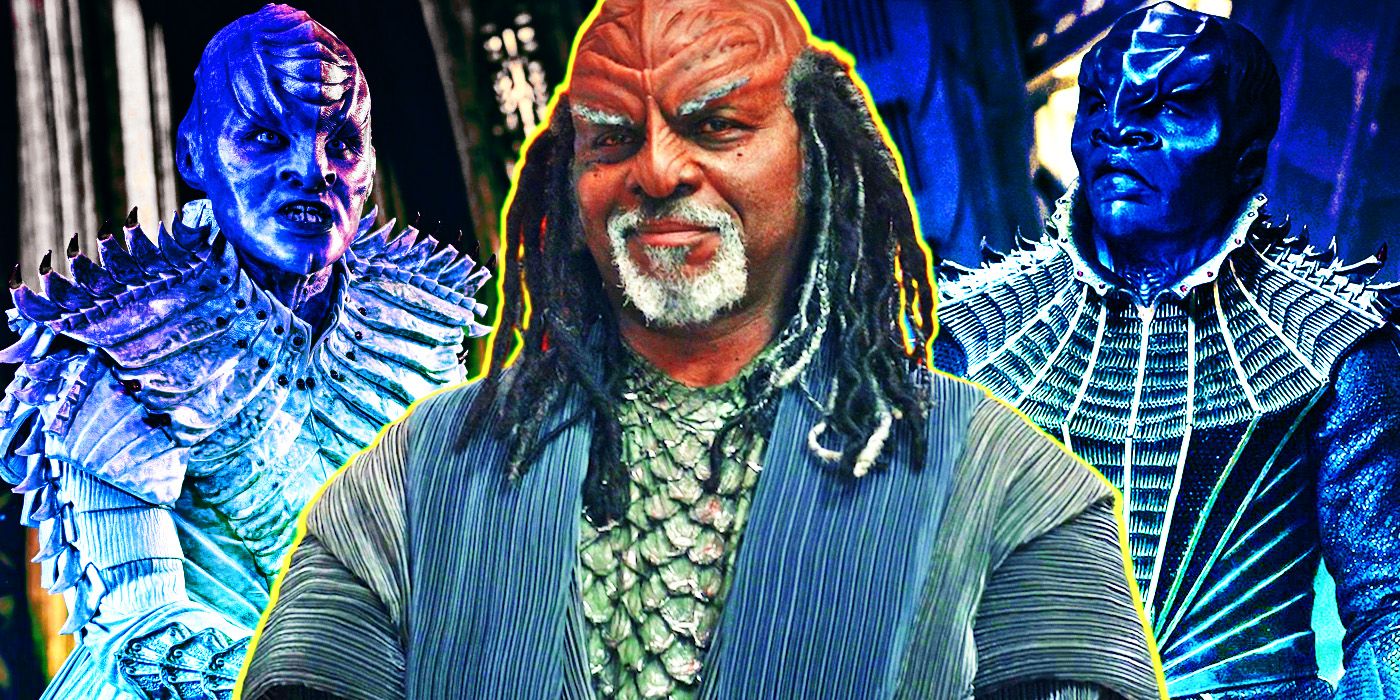
The Klingons in Star Trek: Discovery and Strange New Worlds look quite different, reflecting each show’s unique style and tone. In Discovery, the Klingons have a more alien appearance with dark blue and purple skin and elongated heads, a bold redesign that set them apart from previous versions. This was a creative choice to give the series a distinct visual identity during its Federation-Klingon war storyline. On the other hand, Strange New Worlds opts for a more classic Klingon look, closer to the original series and movies, aiming to feel familiar and “like Klingons” to longtime fans. This redesign also made production easier while respecting the Discovery version without contradicting it.
Beyond appearance, Strange New Worlds captures a broader range of tones and storytelling styles reminiscent of classic Star Trek, balancing serious, playful, and emotional episodes. Meanwhile, Discovery tends to have a darker, more intense vibe, which some fans find less in line with traditional Star Trek. Both shows contribute uniquely to the Star Trek universe, with Discovery pushing boundaries and Strange New Worlds embracing the franchise’s classic spirit.
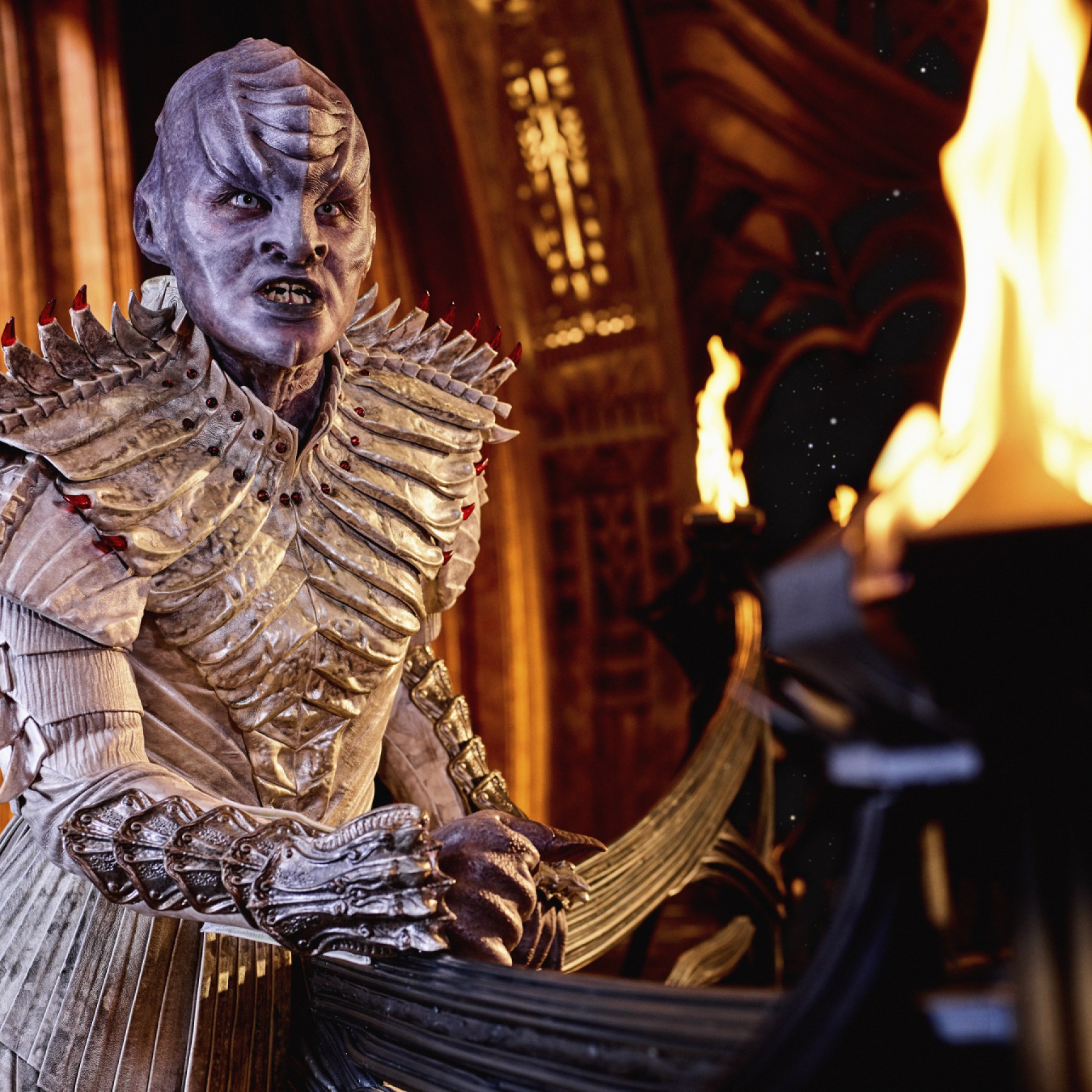
The Klingons in Star Trek: Discovery look drastically different from the classic versions fans are used to, and many viewers find them visually off-putting. Unlike the familiar ridged-forehead warriors with hair, these new Klingons are completely hairless, with more alien and reptilian features like clawed hands and unusual ears. This redesign was intended to make them appear more alien and to utilize modern makeup effects, but it ended up alienating a lot of fans who preferred the traditional warrior look. The heavy latex costumes were also uncomfortable for actors, making it tough to perform naturally. Some argue that the Discovery Klingons could represent a unique sub-species or a different Klingon house, but the show never really explains this, leaving the redesign feeling inconsistent with the established lore. While the new look aimed to refresh the franchise, many fans and critics feel it strayed too far from what made Klingons iconic, making them look less exciting and even a bit “awful” compared to the classic versions. Overall, the Discovery Klingons remain one of the most controversial changes in recent Star Trek history.

In conclusion, the portrayal of Klingons in “Star Trek: Discovery” marks a significant evolution of this iconic species within the franchise. The series delves into their rich culture, complex motivations, and the intricacies of their political landscapes, moving beyond the one-dimensional warriors of previous iterations. Through stunning visuals and nuanced storytelling, “Discovery” redefines Klingon identity, exploring themes of honor, loyalty, and the cost of war. This fresh perspective not only enriches the narrative but also invites viewers to reconsider preconceived notions of heroism and villainy within the Star Trek universe, ultimately expanding the franchise’s legacy in profound ways.